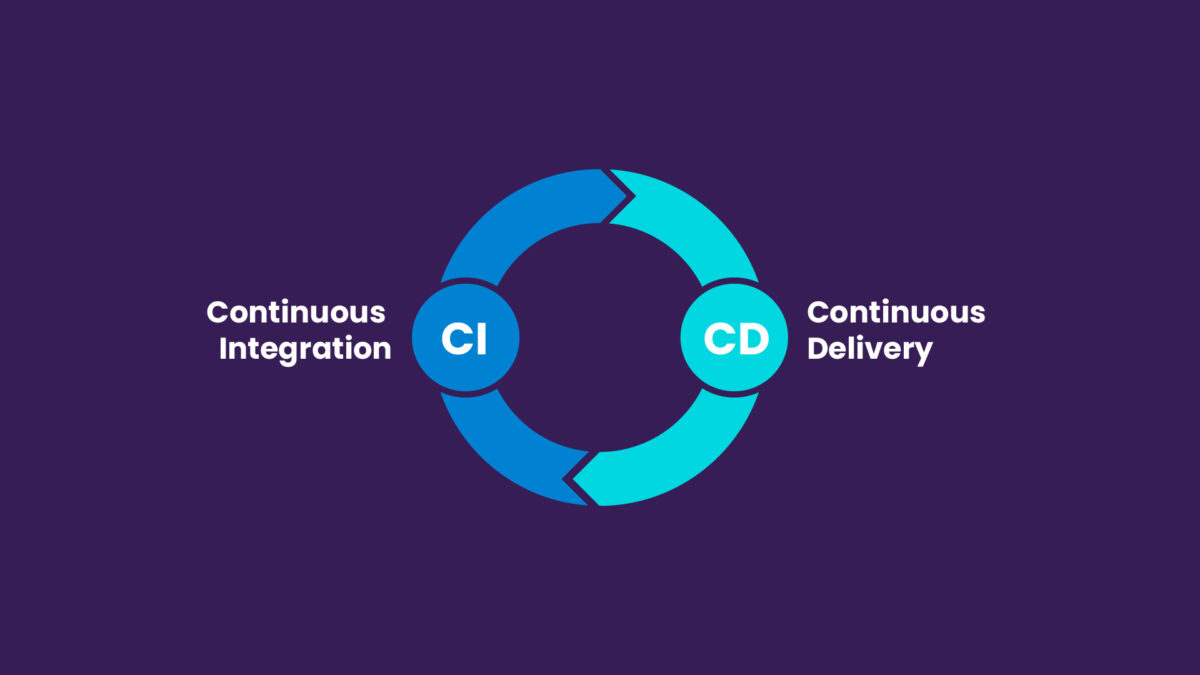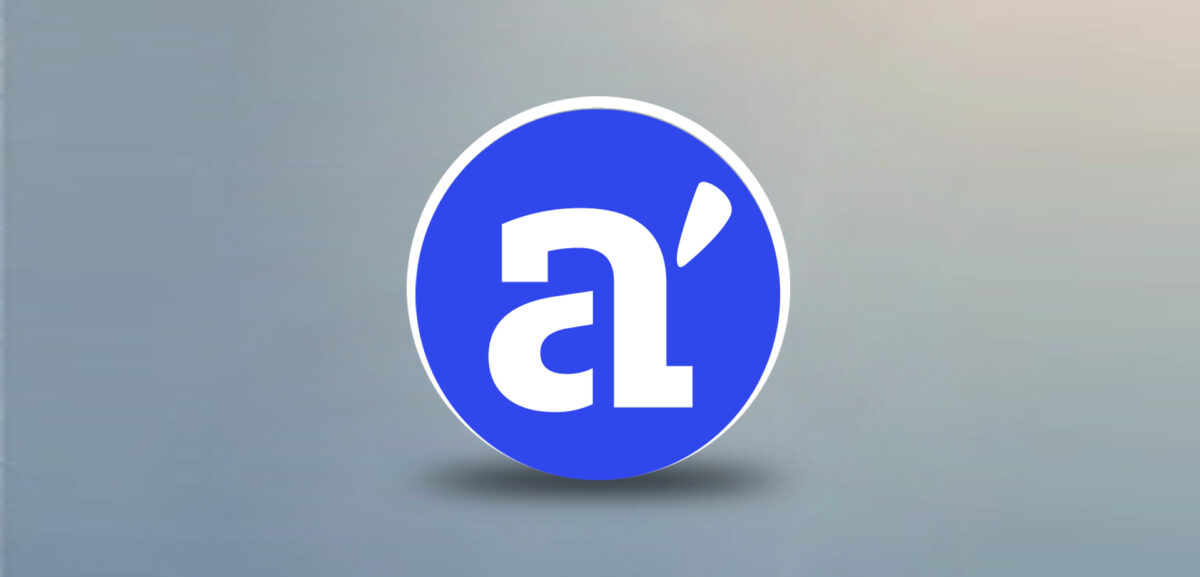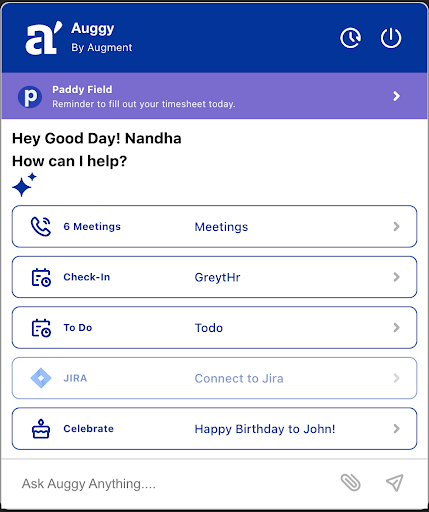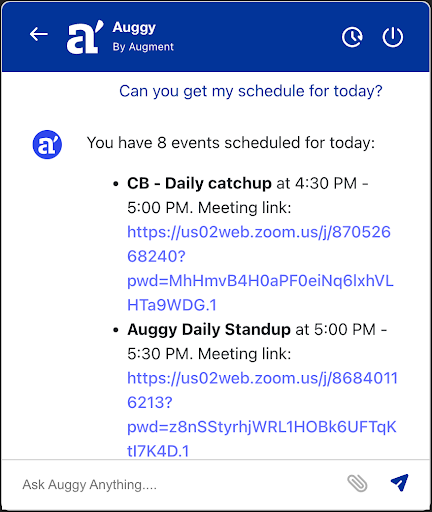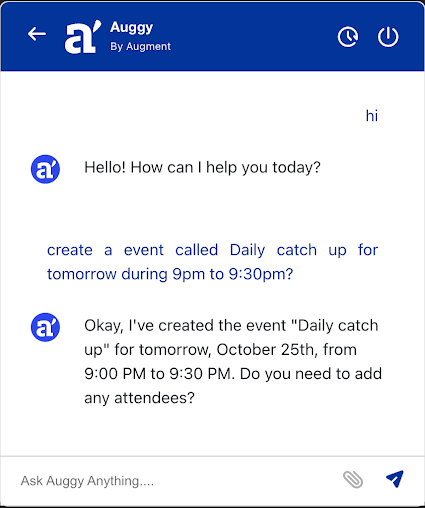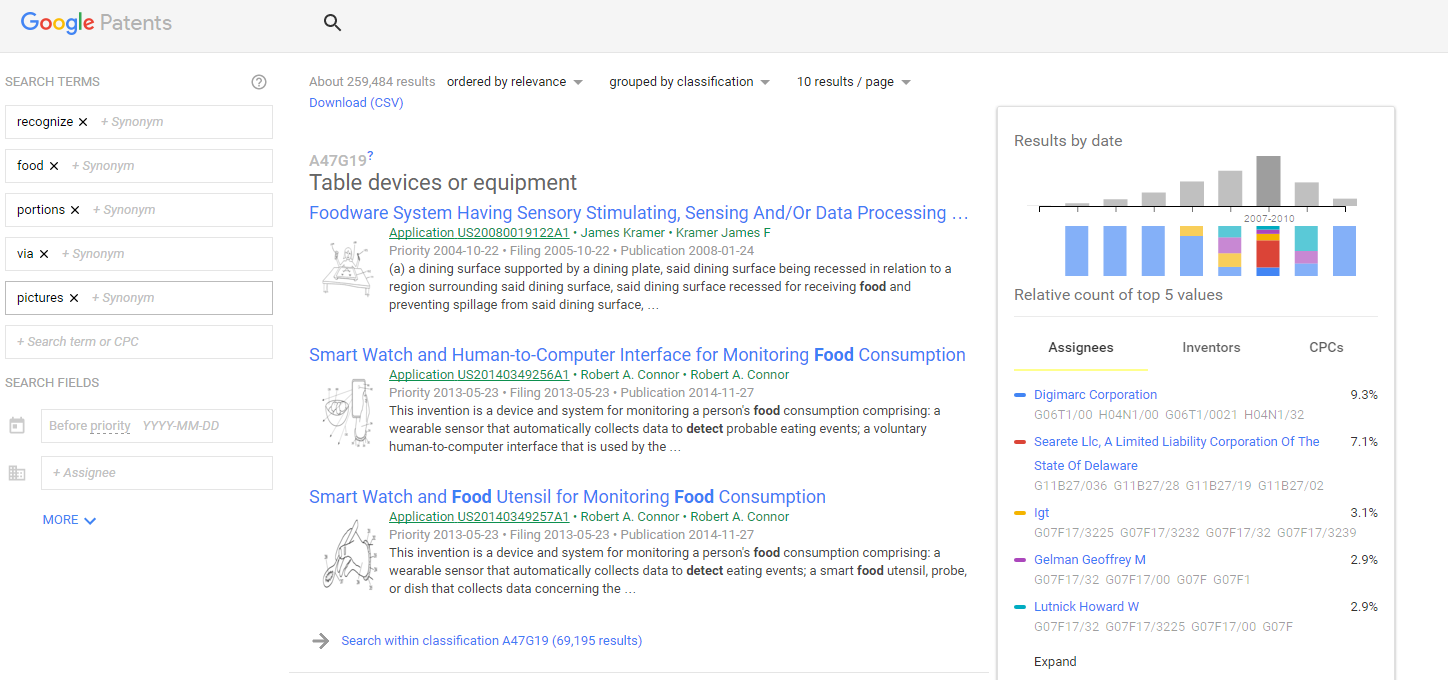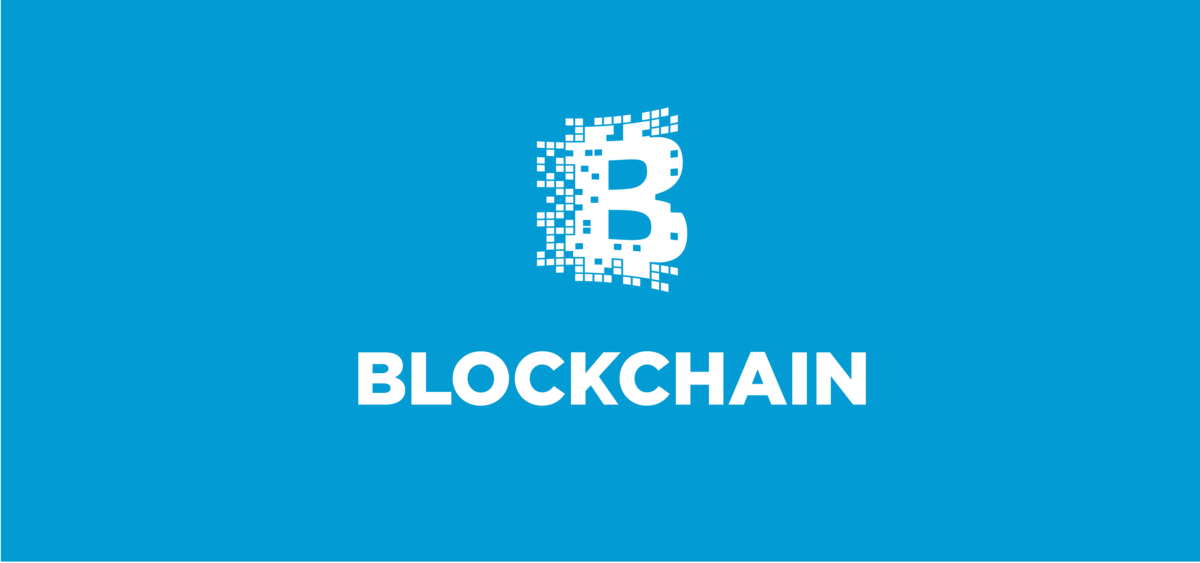Curious about CI/CD… what it means and why you should care about it?
Augment’s got you covered!
You may have heard the term “CI/CD” thrown around in software development discussions and internal meetings, but it’s not frequently discussed as to “why” it matters.
CI/CD stands for Continuous Integration and Continuous Delivery (or Deployment, depending on the team). It is a set of practices that helps teams deliver code faster and safer. And typically can help mitigate longer-term stress when it comes to coding.
To really understand the benefits of CI/CD and the reasoning behind its existence, let’s break it down further.
Continuous Integration (CI) helps catch problems early. Whenever a developer pushes code to a shared repository, automated tests run immediately. That way, if something breaks, you’re alerted before it can snowball into a larger-scale issue. Consider this your early detection safety net.
Continuous Delivery (CD) picks up from there. Once the code passes the automated tests, it’s subsequently prepped for release. A manual approval step still exists in pre-production, but this helps keep things consistently deployable. Which goes back to the minimizing of stress as it alleviates any last-minute pre-release scramble.
The next practice is Continuous Deployment, which takes automation even further. There’s no manual approvals—just green tests and go live. It sounds risky, but when done right, it proves to be an efficient and smooth process that is surprisingly low-stress.
All of this is handled through a CI/CD pipeline—a chain of tools and scripts that build, test, and ship your code without requiring manual work at every step.
Why should this matter to anyone in the Software Development community? Because teams that get this right can move a lot faster and efficiently.
Studies have shown high-performing teams deploy hundreds of times more often than those without CI/CD in place. According to the 2019 Accelerate State DevOps report, organizations that implement CI/CD report 208 times more code deployments and 106 times faster lead time from commit to deploy. But it’s not just about speed. It’s also about quality, confidence, and giving developers back time to focus on actual problem-solving vs needing to babysit a build.
Of course, setting up CI/CD takes some work. You need good test coverage, automation tools, and a culture that supports transparency and quick feedback loops. But once it’s in place, it can transform how your organization builds software, for the better.
In a nutshell: CI/CD helps you build better software, release it faster, and sleep a little easier at night. Think CI/CD practices could help bring your team to the next level, and want to learn more?

